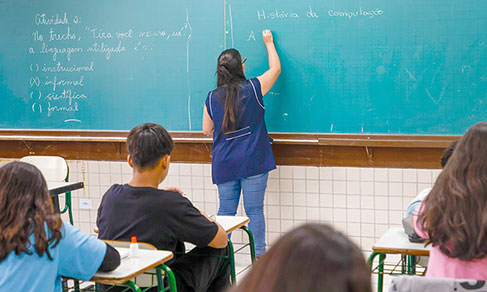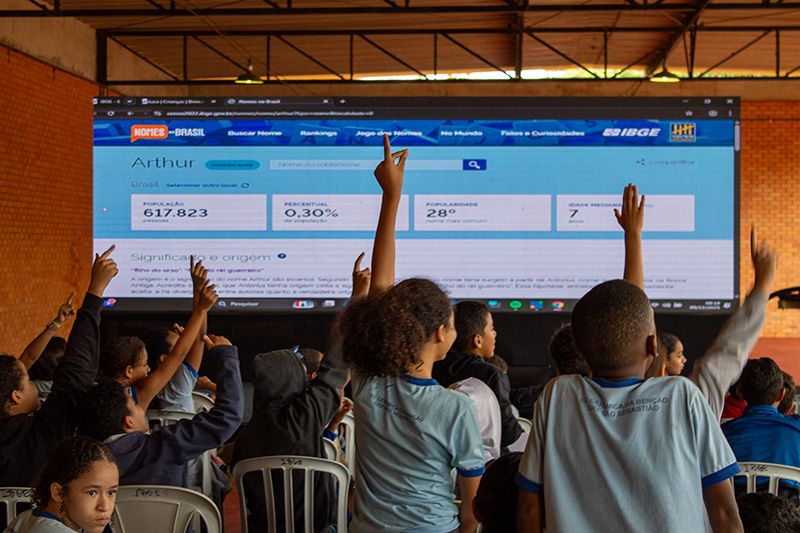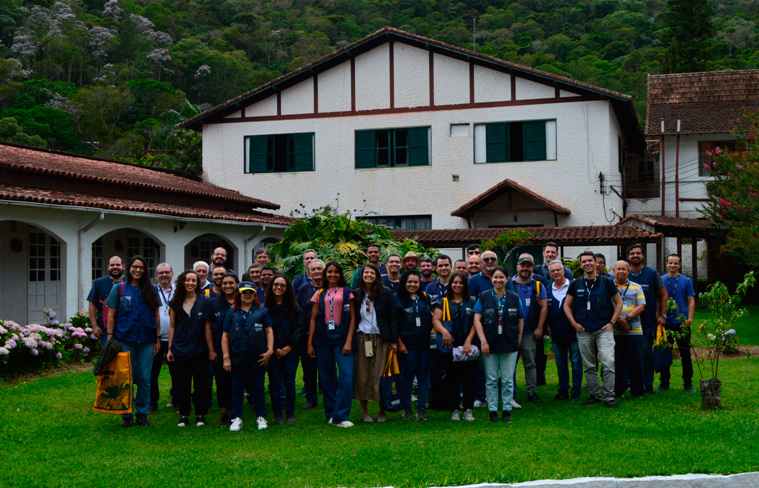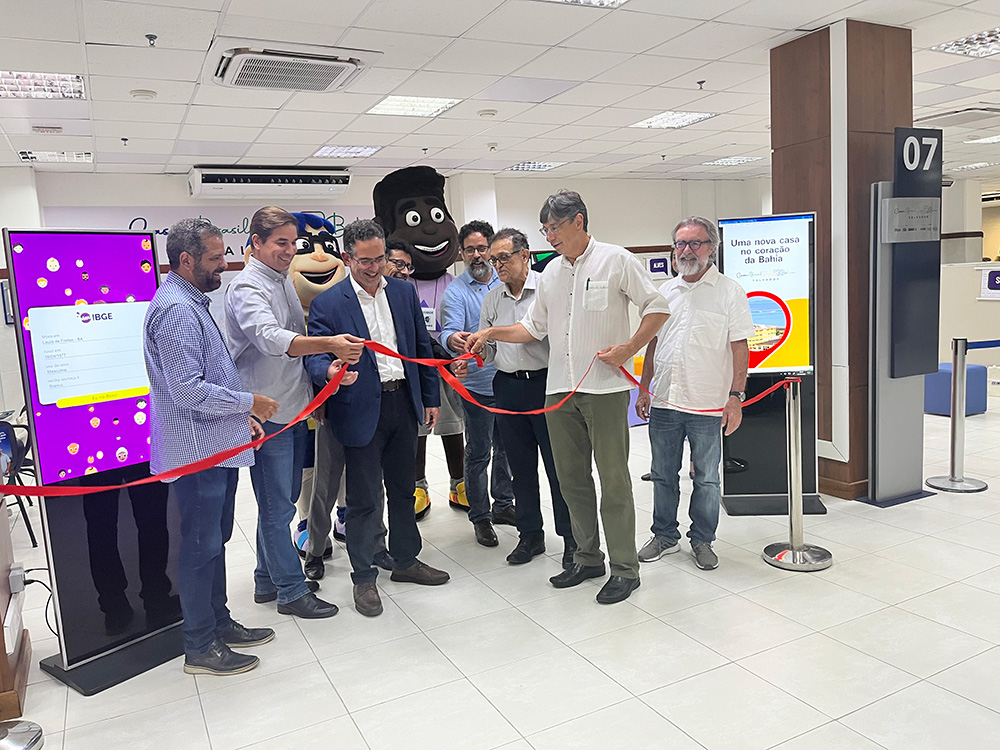PNAD COVID19
Due to pandemic, 3 million persons got jobless in Brazil
August 14, 2020 09h00 AM | Last Updated: August 17, 2020 10h29 AM
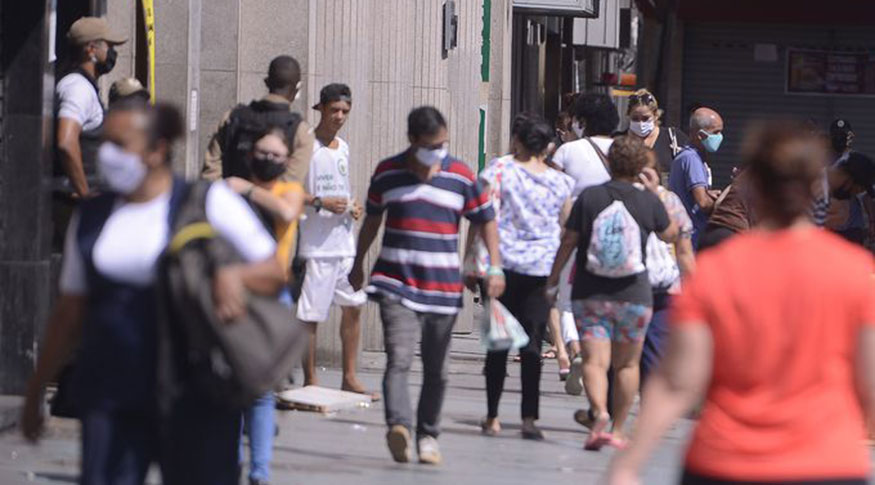
As shown in the weekly edition of PNAD COVID19, released today (14) by the IBGE, nearly three million persons got jobless due to the pandemic. The unemployment rate reached 13.7% in the fourth week of July, hitting 12.9 million persons. 9.8 million were jobless in the first week of May, when the survey started.
"Compared with the beginning of the survey, our investigation concluded that the employed population is smaller, by 2.9 million persons. The unemployed population is larger, slightly more than 3 million persons. And the unemployment rate is also higher, by 3.2 percentage points. It comes in a context in which the informal population is also decreasing," explained Maria Lúcia Vieira, coordinator of the survey.
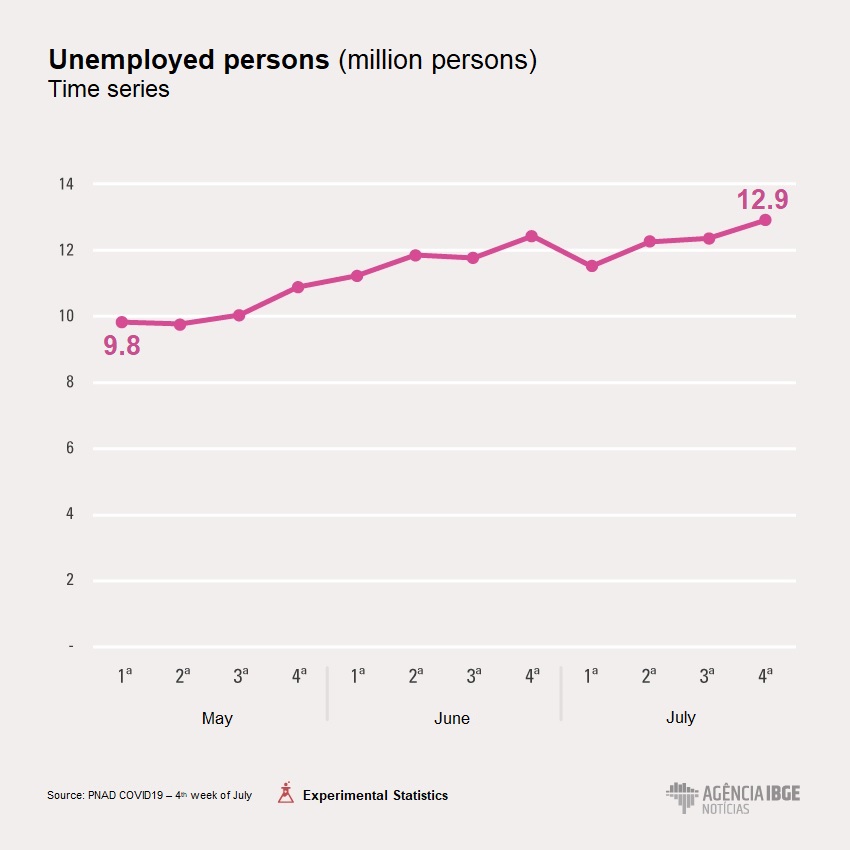
Vieira noticed that all the indicators on the labor market remained statistically stable in the fourth week of July, when compared with the previous week. The number of persons who were temporarily away from work due to social distancing added up to 5.8 million, after falling in the previous week. In the beginning of May, 16.6 million had been kept away from work due to social distancing.
The group of persons who alleged a reason other than social distancing to be away from work also remained unchanged, standing at 3.0 million. The contingent who worked remotely (8.3 million) also remained stable in the fourth week of July. In the beginning of the survey, 8.6 million were working at home. The group of persons who would like to work, but did not look for a job due to the pandemic or to the lack of work in the locality where they live, stayed at 18.5 million.
Only the proxy of the informality rate (33.5%) rose in the comparison with the third week of July (32.5%). It represented 27.2 million persons in the informality, nearly 2.7 million less than the contingent in the beginning of May (29.9 million).
"That population dropped in the release last week. It is a workforce that swings a lot in these short comparisons. People enter and leave the workforce very easily. Easier than the employed population, which is formal," say the survey coordinator.
Among the informal are those employed in the private sector without a formal contract; domestic workers without a formal contract; employers who do not contribute to the INSS; self-employed workers who do not contribute to the INSS; and unpaid workers helping a resident or relative in their households.
14.5% of those who looked for care in hospitals were hospitalized
PNAD COVID19 also unveils that, of the 13.3 million persons who complained about any symptom of flu-like syndrome, 3.3 million looked for medical care in the fourth week of July. Of this total, 159 thousand (14.5%) were hospitalized in some hospital. When the survey started in the beginning of May, 26.8 million reported some symptom.
Headache was the most recurrent complain (6.0 million) in the fourth week of July, followed by stuffy or runny nose (5.2 million), cough (4.7 million), muscle pain (3.4 million), sore throat (3.8 million), fatigue (2.3 million), loss of smell or taste (1.8 million), difficulty to breathe (1.7 million) and eye pain (1.4 million).
Among the 3.3 million persons who had any of these symptoms and looked for care, 42.2% reported to have looked for medical care in public health centers, 20.2% in medical centers and 19.9% in SUS hospitals. In the private network, 7.3% looked for either a private or military ambulatory or office, 3.7% went to private medical centers and 13.7%, to private hospitals.
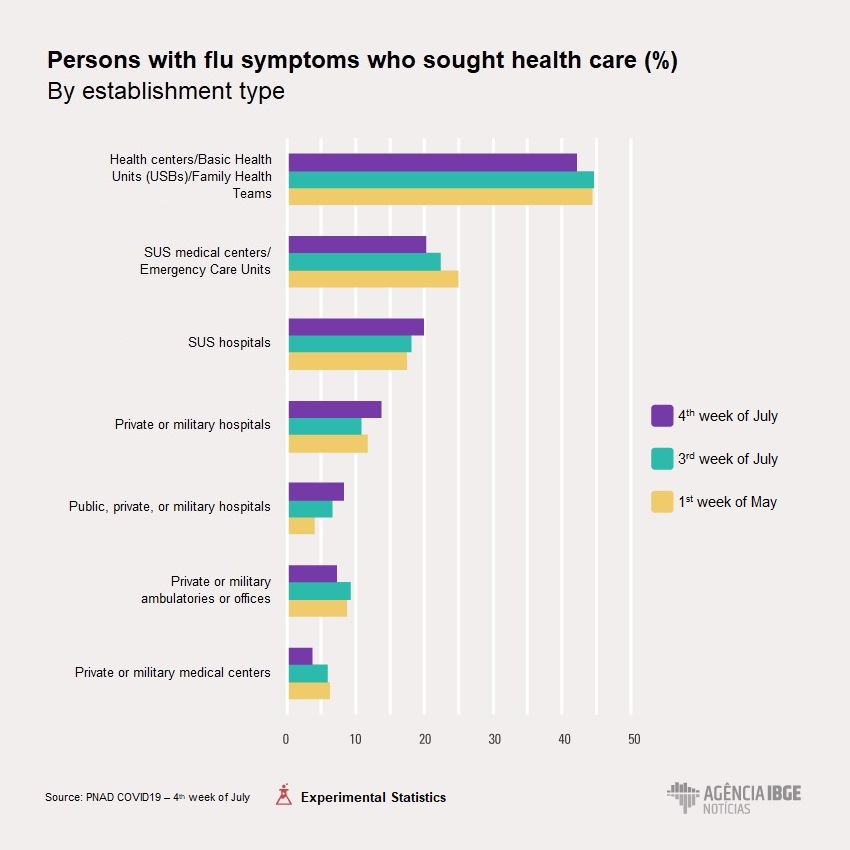
In the same period, 75.7% reported to the IBGE that they did not look for any health establishment. On the other hand, 58.9% reported to have taken medicines on their own. Another 10.8% took medicines under medical orientation. In addition, 3.2% called a health professional and 3.1% were visited by a SUS health professional.
Carried out with the support from the Ministry of Health, PNAD COVID19 is a version of the National Household Sample Survey - Continuous PNAD aiming at pinpointing the impact of the pandemic on the labor market and at quantifying the persons with symptoms associated to the flu-like syndrome. Included as one of the products of the Experimental Statistics, the IBGE releases it on a weekly and monthly basis.



